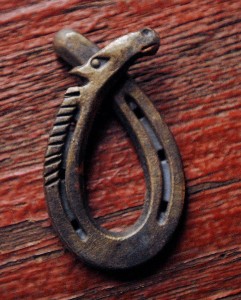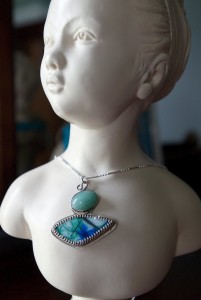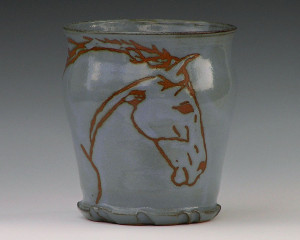OK, it is really heading into Winter, but our next show is this coming weekend: Nov. 13 (10-5) and Nov. 14 (noon-5). We have some great artists joining us so it should be a fun weekend. Former Hallmark artists Jean Kalin and Jan Manco will be showing their beautiful watercolors. And I am also excited to see the reactions to some of Kathy’s new pottery–especially her Raku– and Carl’s full size carvings of Native American faces. He is really getting quite good at it. And I have been cranking out some new images of Platte County and the West. (When I am not cleaning out my darkroom-turned storage closet.)
Dos Epiphanies
I had two photographic epiphanies recently:
UN Plaza Art Fair
The Barn Artists are taking their show on the road on Saturday, Sept. 25 and Sunday the 26th. Carl, Kathy, and I will be at the UN Plaza Art Fair right across from the Kemper Museum of Contemporary Art. Our booths will be on the grounds of the All Souls Unitarian Universalist Church from 10-6 on Sat. and noon-5 on Sunday. No Charge.
Barn Artists at it again this weekend


 We have a show this weekend with some new artists joining us: Charlene Pryor with her Equine Art,
We have a show this weekend with some new artists joining us: Charlene Pryor with her Equine Art, Vernon Adkins with his horseshoe art, and back again Edd Green with his beautiful jewelry. I will share some samples here plus some of Kathy Truder’s pottery and Carl Wilson’s carvings.
Vernon Adkins with his horseshoe art, and back again Edd Green with his beautiful jewelry. I will share some samples here plus some of Kathy Truder’s pottery and Carl Wilson’s carvings.

A Forgotten Photographer
I am a fan of nearly all the Roy Stryker-led FSA documentary photographers of the 1930s. A name that slipped by me (and probably many others as well) was Marion Post Wolcott. Gordon Parks, Dorothea Lange, and the small group of shooters hired by Roy Stryker to document Depression-era America were very familiar–partly because they went on to do further outstanding photojournalism work–but Post Wolcott was not a name I had ever heard of until I read Paul Hendrickson’s book in the early 1990s. The book, “Looking for the Light, The Hidden Life and Art of Marion Post Wolcott,” was a revelation. Marion Post, her name at the time, had fallen through the cracks over the years mostly because, as the book weaves her story, she got married and devoted herself to her husband and children.